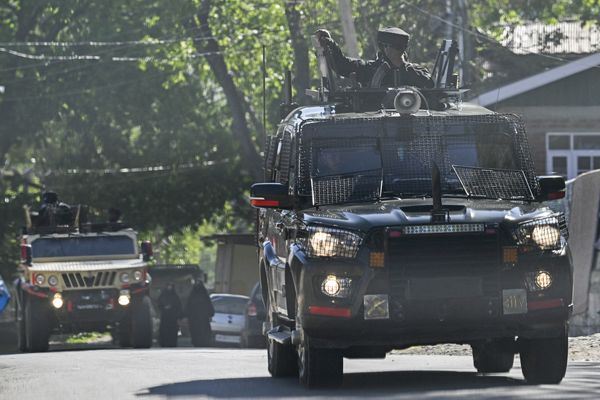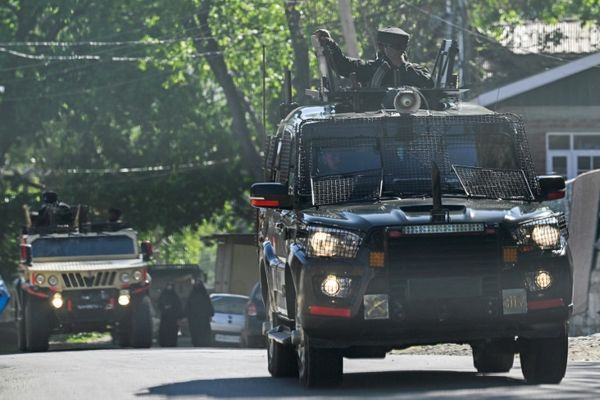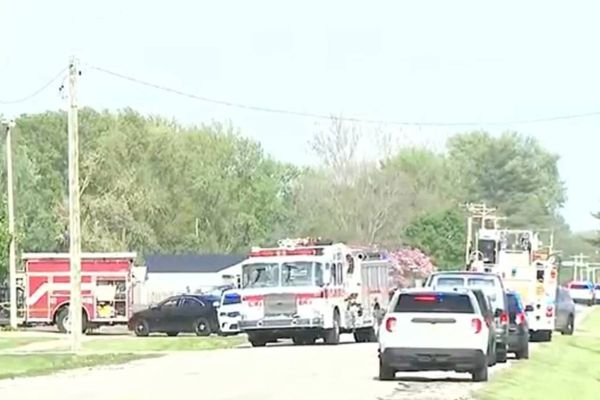
Australia’s most disadvantaged students are achieving at a level up to five years behind their most affluent counterparts, new analysis reveals.
The report, provided exclusively to Guardian Australia by public education advocacy group Save our Schools, analysed the latest national Naplan results by student background.
It found significant achievement gaps in literacy and numeracy between rich and poor students at all year levels, to the equivalent of five years of learning by year 9.
The author of the report, Save our Schools head Trevor Cobbold, said a huge cohort of disadvantaged students needed additional assistance to progress through school.
The report found year 9 students of parents with a bachelor’s degree or higher achieved between 94 and 102 points greater in reading, writing and numeracy than students of parents who had only completed year 11.
Students in this cohort achieved average literacy and numeracy scores below that of year 5 students of highly educated parents.
Similarly, students of parents in the highest occupational group – including elected officials, managers and administrators – were nearly four years of learning ahead of students of parents in the lowest occupation group, mainly composed of front-of-house staff and labourers.
“This has been going on for decades – if anything, the gap is getting bigger,” Cobbold said. “It’s just shocking. The government is bemoaning a lack of productivity growth, but if you close these achievement gaps, you’ll improve workforce skills and knowledge.”
The vast majority of students needing additional support were in the government sector.
Department figures showed 82% of low socioeconomic status students and 83% of Indigenous students were enrolled in public schools, while the public system also catered to 79% of remote students.
The results found all high-priority cohorts had high numbers of students only achieving at the lowest Naplan proficiency level in reading, writing and numeracy.
About 25% of students whose parents were not in paid work needed additional support, rising to about 35% of Indigenous students and more than half of very remote students.
By contrast, less than 5% of students of highly educated parents and parents in the highest occupation group need additional learning support.
Cobbold said despite the heavy concentration of disadvantaged students in the public system, governments were continuing to top up private schools to the neglect of their counterparts.
The funding shortfall of the public school system is estimated at $6.8bn, with 98% of schools yet to meet the schooling resource standard, the minimum standard agreed to by governments more than a decade ago to provide a baseline education to students.
By contrast, private schools were funded at an average of 105.5% above their SRS.
“Money is fundamental to improving results – it delivers resources, teachers and support staff, kids need that to make progress,” Cobbold said. “We’ve been misdirecting funding, giving priority to private schools that enrol a small minority of disadvantaged students.
“Kids need more support due to their background, and when highly concentrated, they need even more support.”
Cobbold’s analysis comes in the lead-up to an education ministers meeting on 11 December which will consider the review of an expert panel advising the government on the next national schools reform agreement.
He has joined calls from the Australian Education Union to fully fund public schools by 2028 in the NSRA.
The Greens have gone a step further, pushing for full funding by 2025 – the year the next agreement, which negotiates bilateral funding agreements, is implemented.
“The new … NSRA must focus on increasing equity in education outcomes,” Cobbold said.
“There can be no excuse for continuing to underfund public schools when so much is at stake.”
Pasi Sahlberg, a professor of educational leadership at the University of Melbourne, who was on the expert panel advising on the NSRA, said the report painted a “big picture” of the achievement gaps in education.
“We’ve known for a long time the biggest influence in student outcomes is out of school factors – their family background,” he said.
He said education systems which were successful at closing equity gaps, including in Scandinavia, used wraparound public sector policies to provide students with access to support and resources at schools, operating like community hubs or centres.
“In the absence of proper funding for public schools, which are catering to most of the disadvantaged students, it’s difficult to make available other services – health and wellbeing,” he said. “I see a lack of resources all around Australia, you just can’t serve those kids without funding.
“But it’s also more than just a funding issue – it’s one of fairness. We should be benchmarking students performance to the most affluent kids, to make sure policies try to narrow the achievement gap.”







